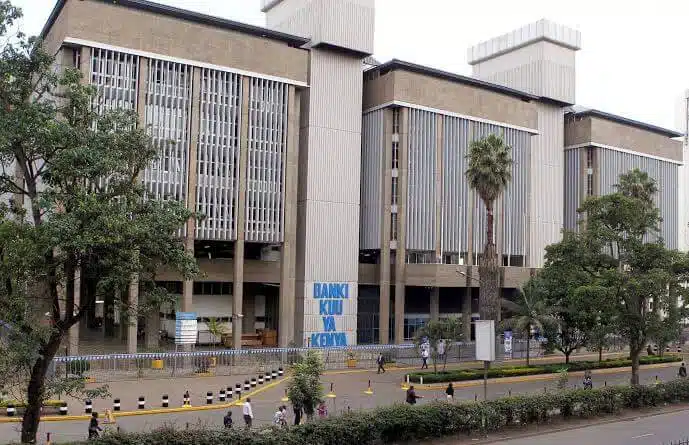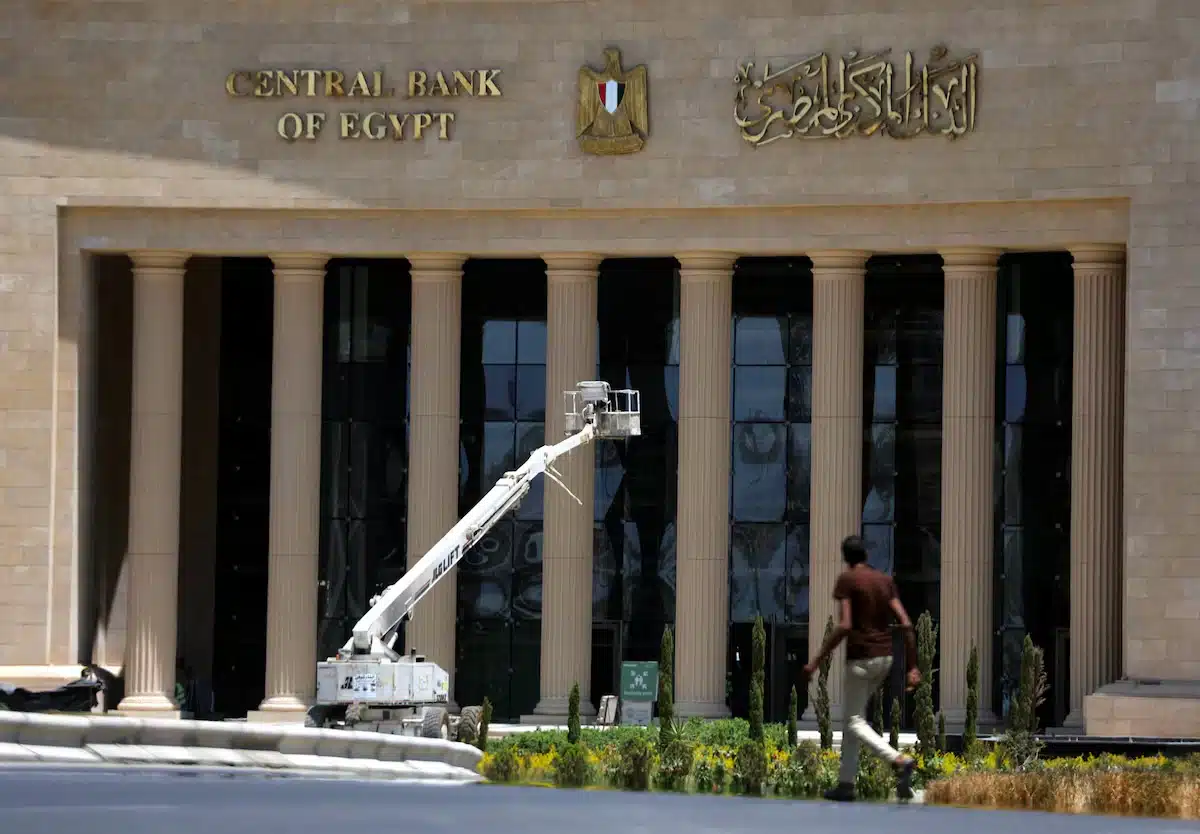Kenya’s Central Bank has announced plans to change the bank’s annual licensing fee criteria for commercial banks from the current number of bank branches to the Gross Annual Revenue (GAR) system. This announcement was made on Wednesday, following the bank’s call for comments on the proposed review.
According to the apex bank, this change is in line with international standards and modern banking dynamics. The review will help the bank keep up with “covering the increasing supervisory and regulatory costs arising from the growing complexity of supervision, including consolidated and cross-border supervision.”
By the proposal of the CBK, 1% of the Gross Annual Revenue will be paid by commercial banks as their annual licensing fee, prorated over a period of three years. In 2025, the proposed rate is 0.6%, with the rate increasing to 0.8% in 2026 before finally rising to 1% in 2027.
The CBK expects the new model to generate KES 4.5 billion ($34.7 million) in the first year, increasing to KES 7.5 billion ($57.9 million) by 2027.
Concerns about the gross annual revenue system
To calculate the GAR of any bank, the apex bank will take into consideration the revenue reported by the commercial banks in its end-of-year financial statement. As a result, income from interest on loans and other advances, government securities and placements, fees and commissions, dividend income, foreign exchange trading income, and any other income will be calculated to arrive at the fee payable by the bank.
On the part of the banks, the new licensing fee structure signals an increase in their cost of business as their profits are set to reduce by up to 3.1% in the next three years.
Another source of concern is the interest rates for bank loans, which may bear the brunt of the fee increase. As Kenyan banks are expected to mirror their interest rates in the light of the prevailing MPR, banks may be reluctant to reduce their interest rates when the MPR is reduced.
This is because banks will be on the lookout to safeguard their profit margins, and a reduction in the interest rate could put pressure on their earnings and their profit and possibly take a toll on their business.
Why is the change necessary?
As pointed out by the CBK, the new licensing fee standards have become expedient in the face of modern banking dynamics. This is the first time in the last 33 years that the bank is changing the methodology with which banks pay their licensing fees.
Under the soon-to-be-discarded branch-based bank licensing system, commercial banks were expected to pay a fixed rate of KES 400,000 ($3,093) for their head office, while branch license fees range between KES 100,000 ($772.5) and KES 150,000 ($,1,159.4) depending on location yearly.
With the new fee system, banks with more revenue, which are typically those with increased cross-border supervision needs, will pay more than those with less revenue. This makes for a more equitable payment structure.
While this new licensing fee structure is still a proposal, subject to relevant stakeholders’ comments and inputs, it is expected that Kenyan banks may push back on the 1% rate to retain reasonable profit margins.






